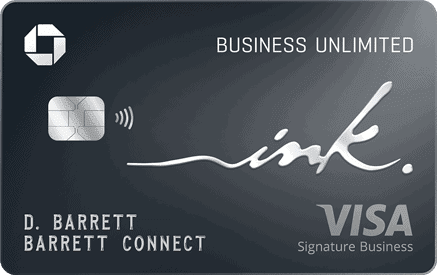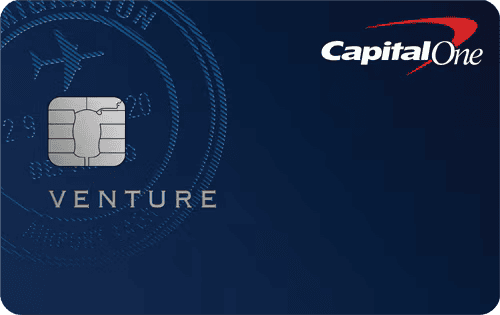
10xTravel is part of an affiliate sales network and receives compensation for sending traffic to partner sites, such as CreditCards.com. This compensation may impact how and where links appear on this site. This site does not include all financial companies or all available financial offers. Terms apply to American Express benefits and offers. Enrollment may be required for select American Express benefits and offers. Visit americanexpress.com to learn more. All values of Membership Rewards are assigned based on the assumption, experience and opinions of the 10xTravel team and represent an estimate and not an actual value of points. Estimated value is not a fixed value and may not be the typical value enjoyed by card members.
Note: Some of the offers mentioned below may have changed or may no longer be available. The content on this page is accurate as of the posting date; however, some of our partner offers may have expired. You can view current offers here.
All information about Chase Freedom Flex® has been collected independently by 10x Travel. Chase Freedom Flex® is no longer available through 10xtravel.com.
Note: Some of the offers mentioned below may have changed or are no longer be available. You can view current offers here.
When we talk about earning travel rewards, cashback credit cards are rarely mentioned. In most cases, their rewards aren’t worth a lot when redeemed for cash back, and there’s rarely an opportunity to increase their worth.
However, not all cashback cards are created equal. Chase offers a couple of cashback cards that are worth discussing—the Chase Freedom Flex® and the Chase Freedom Unlimited®.
When held on their own, both of these cards offer cash rewards equal to 1 cent per point. However, when held in combination with another Ultimate Rewards-earning credit card, such as the Chase Sapphire Preferred® Card or the Chase Sapphire Reserve®, rewards can be turned into valuable points and transferred to Chase’s travel partners, including Southwest Rapid Rewards and World of Hyatt.
Either of the cards can be used as an auxiliary method of earning Ultimate Rewards. The question is, which one is right for you?

Chase Freedom Flex®
$200
Bonus
after you spend $500 on purchases in your first 3 months from account opening

Not only does the Chase Freedom Flex® credit card change bonus categories every quarter, but it also requires activation of the bonus cash back. The Chase Freedom Unlimited® earns the same flat rewards rate on non-bonus purchases automatically. The card is as low-maintenance as they come.
$200
Bonus
after you spend $500 on purchases in your first 3 months from account opening
Bonus Categories
Chase Freedom Flex®
- 5% cash back in rotating categories
- 5% cash back on travel purchased through Chase Travel℠
- 3% cash back at drugstores and restaurants, including takeout and eligible deliver services
- 1% cash back on everything else
The Chase Freedom Flex® card earns 5% cash back when you spend money in select bonus categories that change every quarter. The elevated rewards are limited to the first $1,500 spent per quarter.
Additionally, you’ll earn 5% back by booking travel via Chase Travel℠, 3% back on dining and 3% back at drugstores.
All non-bonus purchases as well as bonus category purchases made after the rewards cap has been hit earn 1% cash back.
Chase Freedom Unlimited®
- 5% cash back on travel purchased through Chase Travel℠
- 3% cash back at drugstores and on dining, including takeout and eligible deliver services
- 1.5% cash back on everything else
The Chase Freedom Unlimited® card’s structure is a bit different and also much simpler.
You’ll earn the same 5% cash back on travel bookings via the Chase Travel Portal and 3% back at drug stores and restaurants.
By swiping the card everywhere else, you’ll earn 1.5% cash back on every single non-bonused purchase—no rotating categories, no limits, no problems. For an average consumer, it’s a lot easier to remember a flat earning rate than to keep track of the always-changing bonus categories and the spending caps.
$200
Bonus
after you spend $500 on purchases in your first 3 months from account opening

Foreign Transaction Fees
Again, the two cards couldn’t be more similar. Both the Chase Freedom Flex® and the Chase Freedom Unlimited® cards incur a 3% foreign transaction fee on purchases made outside of the United States. It doesn’t sound like much, but think of it as paying an extra $3 for every $100 you spend in a foreign country. Neither card is a great option for traveling abroad.
Annual Fees
None. You’ll pay nothing to keep either card long term.
Which Card Is Right for You?
To answer this question, you have to look at your spending patterns. Do you spend most of your money in specific categories or is your spending inconsistent month to month? Also, do these categories fall in line with Chase Freedom Flex®’s list of previous bonus categories?
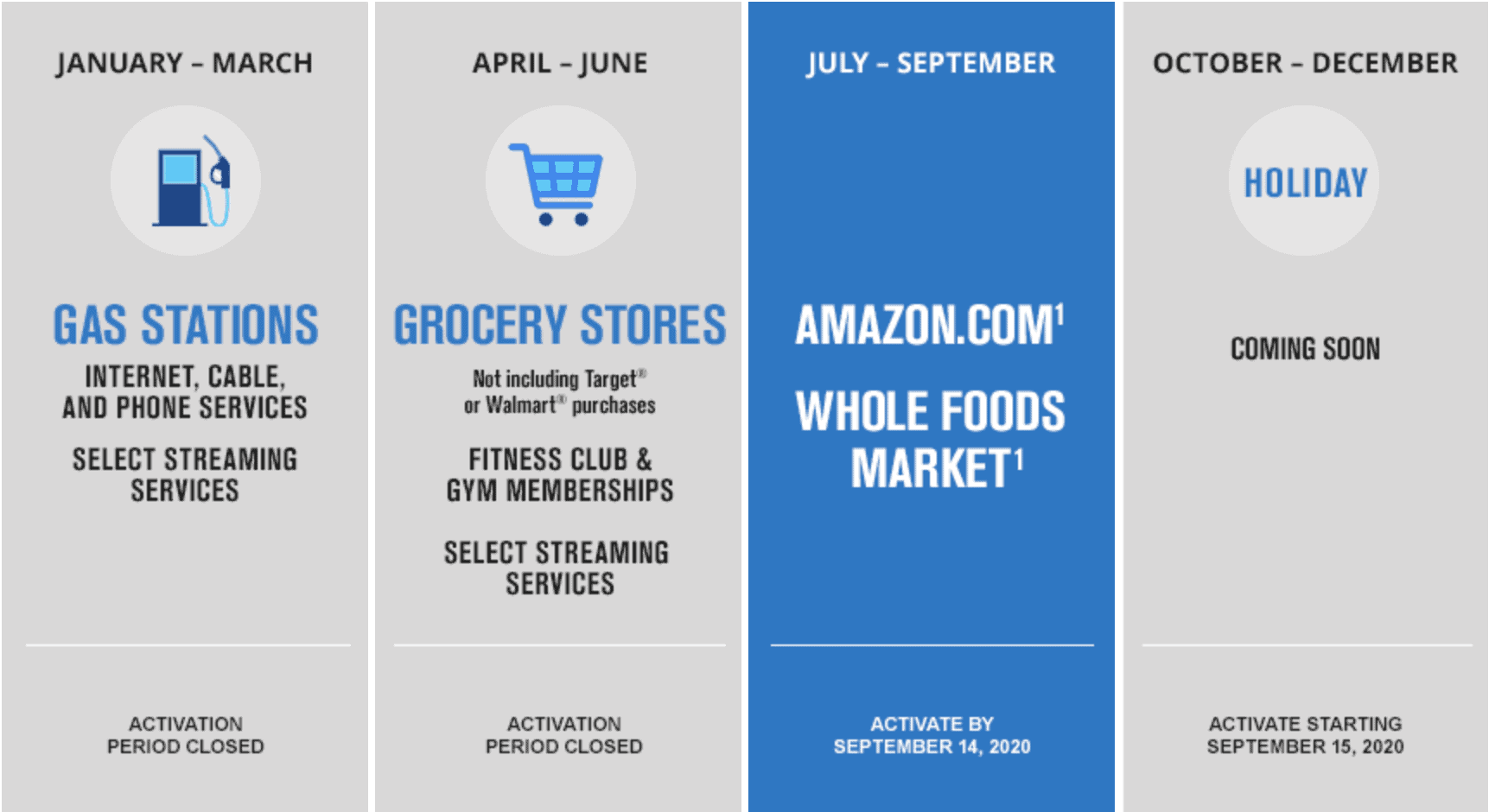
Earn 5% cash back with the Chase Freedom Flex℠ credit card on up to $1,500 each quarter of 2020.
Although the Chase Freedom Flex®’s bonus categories change every three months, some of them, such as gas, groceries and Amazon, have repeated in the past. It’s safe to say that these popular spending categories will return at some point.
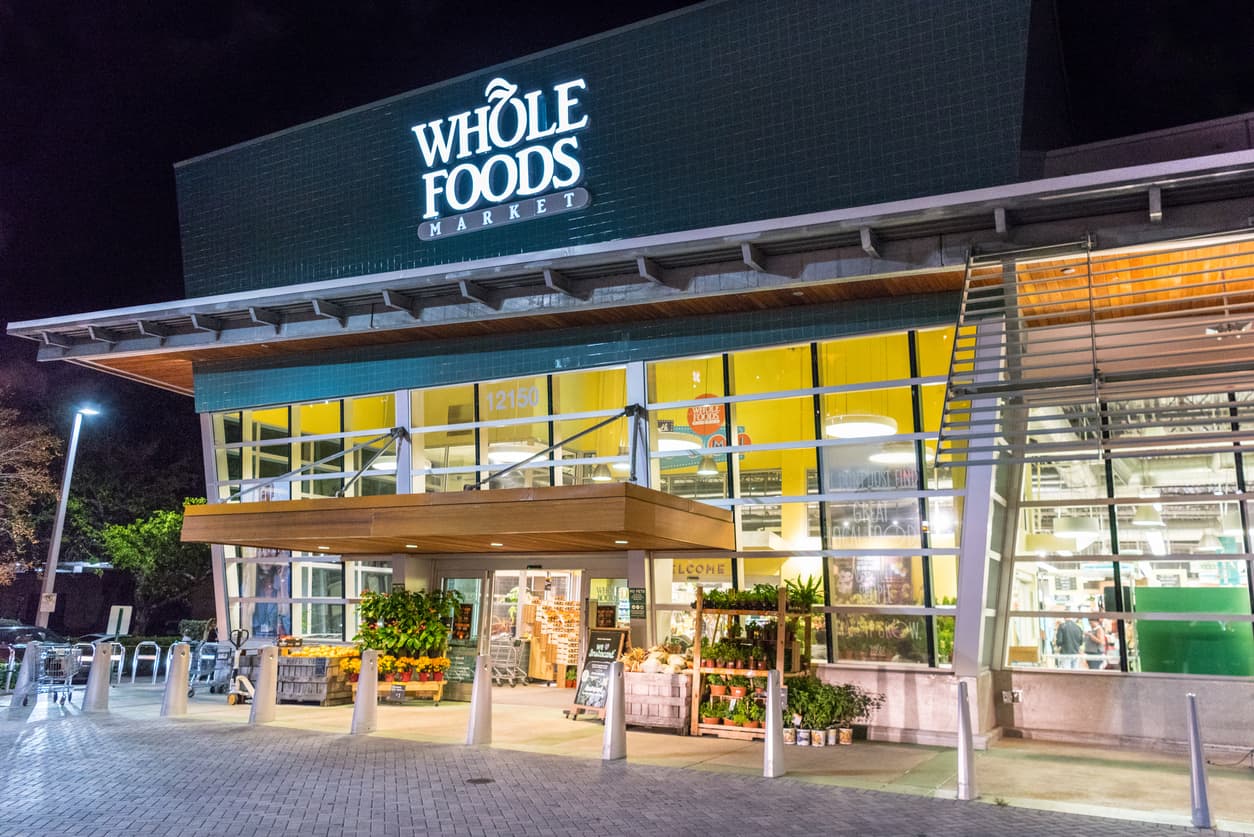
The other element of earning rewards you have to consider is whether you want to go the simplest route or the most rewarding.
Not only does the Chase Freedom Flex® credit card change bonus categories every quarter, but it also requires activation of the bonus cash back. The Chase Freedom Unlimited® earns the same flat rewards rate on non-bonus purchases automatically. The card is as low-maintenance as they come.
But who said you have to choose? Many people in this hobby—I call them the most dedicated—end up with both cards to help them earn maximum Ultimate Rewards they can redeem for free travel. It’s best to use the Chase Freedom Flex® card in the 5% categories and the Chase Freedom Unlimited® in all non-bonus categories to earn the most rewards possible.

Keep in Mind the Chase 5/24 Rule
It’s certainly possible to open both cards as long as you’re under 5/24 and follow Chase’s welcome bonus and application rules. However, because your first five card slots are limited—and there are more valuable card offers—the Chase Freedom Flex® and the Chase Freedom Unlimited® credit cards work best as downgrade cards.
For example, you’ve held the Chase Sapphire Reserve® card for the last four years and wish to avoid paying the $550 annual fee, especially when travel is on hold and the benefits go unused. You can downgrade the premium card to one of these no-fee cards and keep your rewards from expiring. However, you’ll also lose the ability to transfer points to travel partners.
What you can do is downgrade your original Chase Sapphire Reserve® to one of the Freedom cards, then apply for the Chase Sapphire Preferred® Card with its lower $95 annual fee and keep the option to transfer points to hotels and airlines whenever you’re ready to travel again—assuming you meet the application requirements.
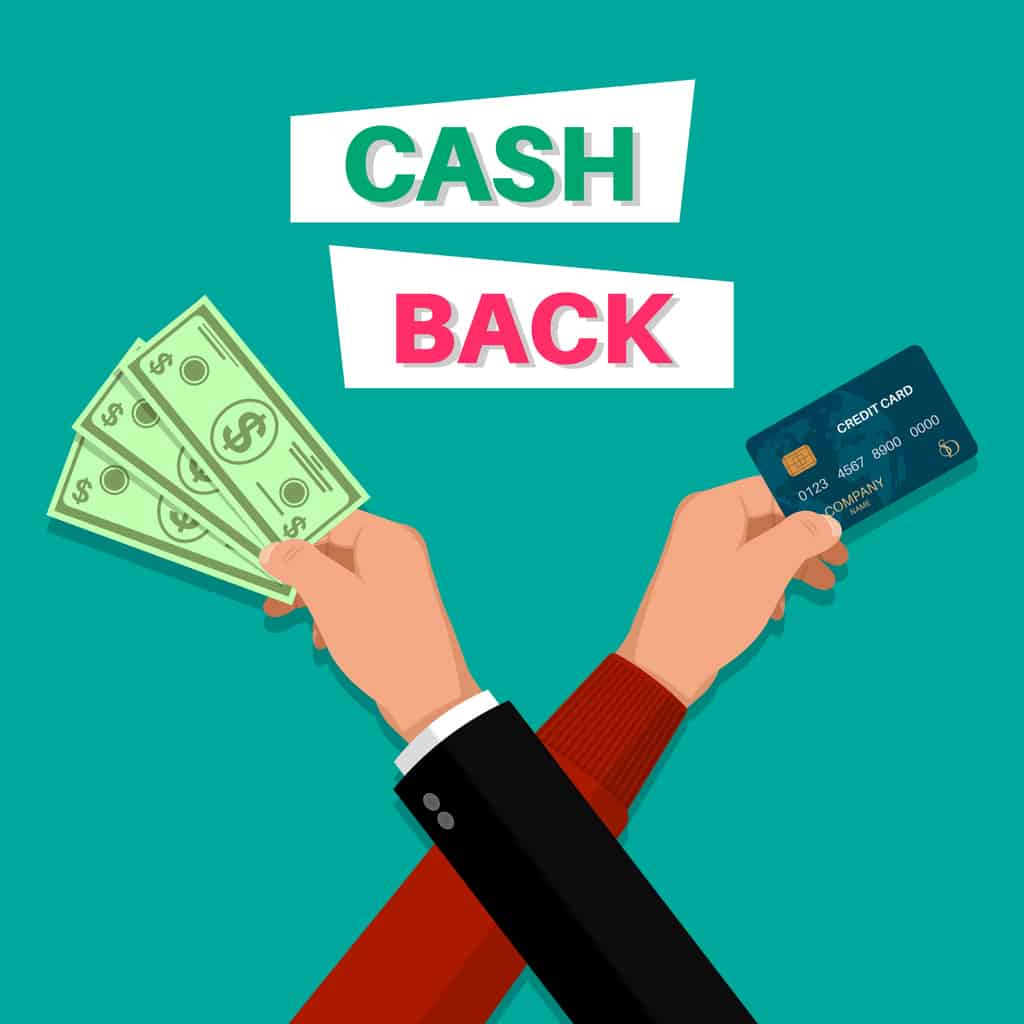
Final Thoughts
Both Chase Freedom cards come with solid rewards earning rates and no annual fees. Take a look at your expenses and decide which card is more rewarding for your situation. No matter which way you go, you’ll be able to boost your Ultimate Rewards balance quickly. As mentioned above, using either card in conjunction with a Sapphire-branded credit card will increase your rewards’ value even more.
New to the world of points and miles? The Chase Sapphire Preferred® Card is the best card to start with.
With a bonus of 75,000 bonus points after you spend $5,000 on purchases in the first 3 months from account opening. , 5x points on travel booked through the Chase Travel Portal and 3x points on restaurants, streaming services, and online groceries (excluding Target, Walmart, and wholesale clubs), this card truly cannot be beat for getting started!
after you spend $500 on purchases in your first 3 months from account opening
after you spend $500 on purchases in your first 3 months from account opening
after you spend $5,000 on purchases in the first 3 months from account opening.
after you spend $5,000 on purchases in the first 3 months from account opening.
Editors Note: Opinions expressed here are author’s alone, not those of any bank, credit card issuer, hotel, airline, or other entity. This content has not been reviewed, approved or otherwise endorsed by any of the entities included within the post.







